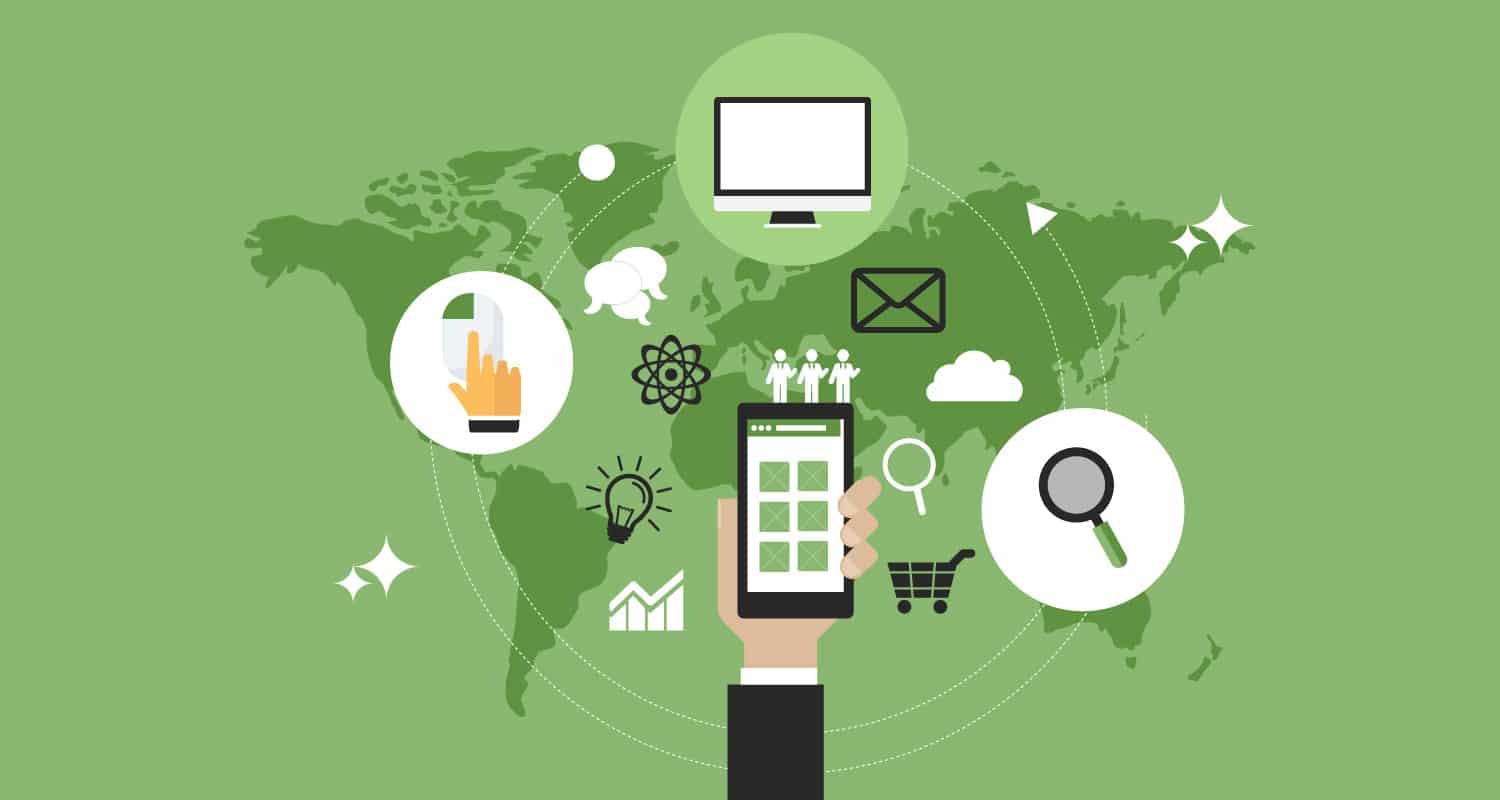The emergence of Internet of Things technology is driving the development of smart cities in many booming metropolitan areas around the world. The visions that planners have for these cities are bold — from autonomous buses and free Wi-Fi throughout Barcelona to LED streetlights in Los Angeles that have sensors to monitor their conditions.
The best part? Tangible benefits, like security, savings, and sustainability, plus attracting residents and businesses that want to capitalize on lower operating costs and position themselves at the forefront of the smart city revolution.
With plenty of incentives for cities to embrace the tech future, here are the trends in the emerging arena.
Making Smart Cities Synonymous With Secure
As IoT-connected devices become more commonplace, security becomes an increasingly important challenge. While it’s unlikely that hackers would target your new robotic vacuum, blacking out a city that utilizes smart lights or shutting down automated transit systems could grind vital infrastructure to a halt.
For decades, hackers have exploited the security weaknesses of IP addresses, but Ingenu, a machine-to-machine connectivity solutions provider, has created an IoT solution that shifts away from IP-addressed devices to bypass that security risk. The innovative security features built into the San Diego-based company’s Machine Network are part of the reason that the Las Vegas Innovation District recently selected it to provide its IoT connectivity.
Saving Money Through Efficiency
Much of the driving force behind improvements in efficiency stems from reducing needless spending. While upgrading all 160,000 streetlights in Los Angeles with remote monitoring and smart controls will cost about $14 million, the city is saving $8 million per year by switching to more energy-efficient LED bulbs, according to CNN Money.
The technology alerts city employees when bulbs are out, but eventually, they may gather reams of valuable information about air quality, traffic patterns, and more pertinent information for improving the city’s quality of life.
Businesses also stand to save money and improve efficiency with smart technologies, such as smart windows that react to changes in sunlight intensity to reduce heating, cooling, and electricity consumption. Like transition lenses in sunglasses, these windows can become lighter or darker depending on the need, and the Lawrence Berkeley National Laboratory found a 19 to 26 percent savings on cooling and 48 to 67 percent on lighting.
With data from smart buildings, individuals and businesses can reduce energy consumption, especially during peak hours, and therefore see potentially substantial savings in energy costs with the added benefit of reduced environmental impact.
Driving Innovation Through Conservation
A fortunate side effect of reducing wasteful spending tends to be conserving important resources. Saving water, for instance, is always a laudable goal, but to certain communities in drought-ravaged California, preserving the resource is a much higher priority than saving a few dollars on a water bill. To this end, cities have employed Sensus smart water technology to help procure water usage data and enforce reduction mandates, as well as identify water leaks and other easily eliminated sources of waste. In Fountain Valley, California, the network helped the city reduce water consumption by more than 20 percent.
Smart cities are on their way to global prominence, made possible by technology advancements over the past several years. As Ingenu CEO John Horn notes, “A smart city delivers much more than wireless connectivity — it intelligently utilizes its collected data to create intelligent applications that improve residents’ lives.” Those applications will only grow more powerful, enabling cities of the future that are more secure, cost-effective, and environmentally friendly than ever before.












